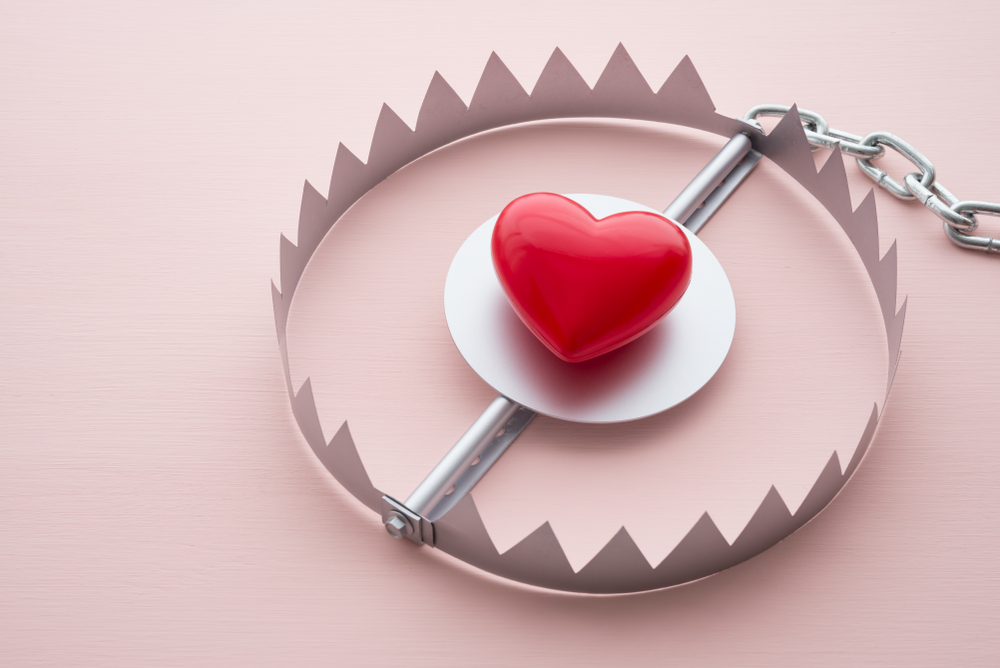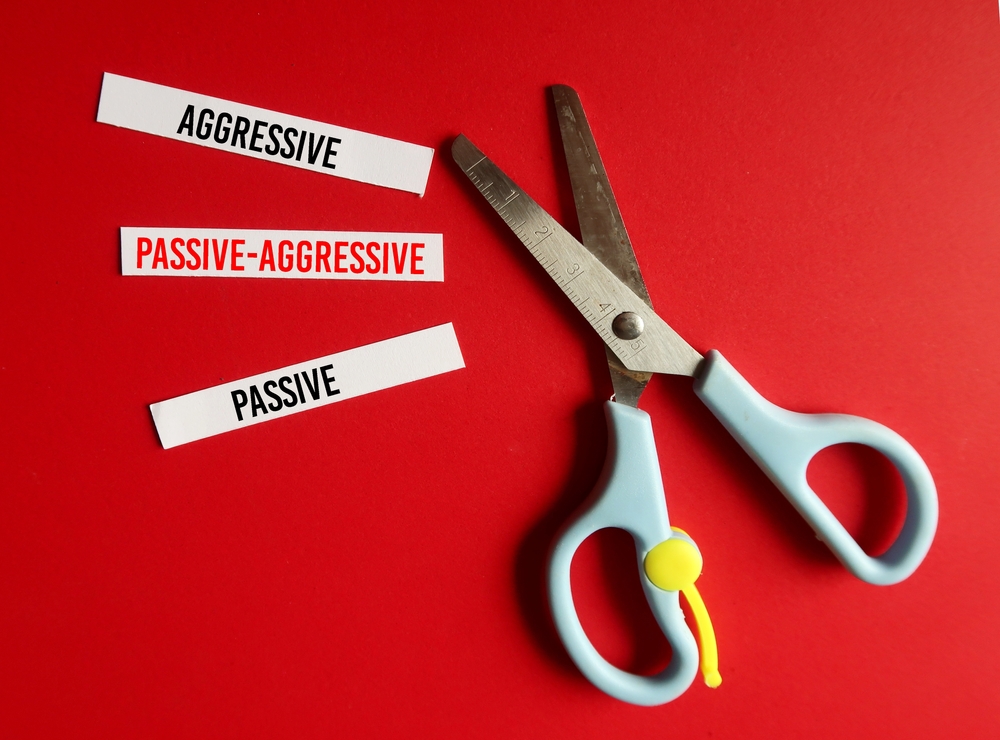Relationships are a fundamental part of the human experience, offering companionship, support, and joy. But what happens when a relationship becomes a source of stress, anxiety, or even fear? This is where the concept of a toxic relationship comes in.
Understanding Toxic Relationships

There’s no single definition for a toxic relationship, but therapists often use the term to describe a dynamic where negativity outweighs positivity. In a healthy relationship, partners feel respected, understood, and secure. Conversely, toxic relationships drain your emotional well-being and can even impact your physical health.
While some level of conflict is inevitable in any relationship, toxic relationships are characterized by a pattern of unhealthy behaviors that create a constant state of tension and emotional turmoil. These behaviors can include:
- Lack of respect: Healthy relationships are built on mutual respect. In a toxic dynamic, partners may belittle, criticize, or constantly put each other down.
- Disregard for boundaries: Healthy boundaries are essential for emotional and physical well-being. In a toxic relationship, one partner might be overly controlling, invading the other’s privacy or dictating who they can see or what they can do.
- Constant negativity: Laughter, joy, and shared experiences are all essential ingredients in a healthy relationship. If negativity dominates the dynamic, with constant criticism, anger, or blame, it’s a red flag.
Read More: 10 Signs You’re a Toxic Parent But Don’t Realize It
The Difference Between Toxic and Abusive Relationships

It’s important to distinguish between toxic and abusive relationships. Toxic relationships are unhealthy, but not necessarily violent. Abusive relationships, on the other hand, involve a pattern of physical, emotional, verbal, or sexual abuse. Here are some key differences:
- Control: Both toxic and abusive relationships involve control, but in abusive relationships, the control is more extreme and often accompanied by threats or intimidation.
- Fear: While a toxic relationship might make you feel anxious, an abusive relationship will likely instill fear in you. You may be afraid of your partner’s anger or worried about what will happen if you disagree with them.
- Accountability: In a toxic relationship, there might be a reluctance to acknowledge or address unhealthy patterns. Abusive relationships, however, rarely involve the abuser taking responsibility for their actions.
Warning Signs of a Toxic Relationship

There are many red flags that can signal a toxic relationship. Here are 11 important signs to watch out for:
Love Bombing:

This manipulative tactic involves showering someone with excessive affection and attention at the beginning of a relationship. However, this intense love bombing can be followed by a sudden shift, leaving you feeling confused and insecure.
Constant Stress:

If you feel constantly on edge or like you’re walking on eggshells around your partner, it’s a sign that the relationship is causing you significant stress.
Read More: If a Friend Uses These Toxic Phrases, It Might Be Time for a New Friend
Gaslighting:

This is a form of emotional abuse where your partner makes you question your own reality. They might deny things they said or did, twist events to make you seem like the bad guy, or make you feel like you’re overreacting.
Lying and Dishonesty:

A foundation of trust is essential for a healthy relationship. If your partner is frequently lying to you, it creates a sense of insecurity and undermines the relationship.
Being Dismissive of Your Needs:

Healthy partners are attuned to each other’s needs and feelings. If your partner consistently brushes aside your concerns or belittles your interests, it’s a red flag.
Attempts to Isolate You:

A toxic partner might try to cut you off from your friends and family, creating a dynamic where they become your sole source of support and affection.
Extreme Jealousy and Possessiveness:

Healthy relationships allow for space and trust. If your partner is excessively jealous or possessive, it can be stifling and controlling.
Read More: 20 times women took down toxic men in truly majestic fashion
Blameshifting:

A toxic partner will often avoid taking responsibility for their actions and instead blame you for everything that goes wrong.
Emotional Blackmail:

This manipulative tactic involves using threats or guilt trips to control your behavior. Your partner might threaten to break up with you or withdraw affection unless you do what they want.
Passive-Aggressive Behavior:

Instead of communicating openly and honestly, a toxic partner might resort to passive-aggressive tactics like silent treatment, sulking, or backhanded compliments.
Narcissistic Behavior:

People with narcissistic personality disorder have an inflated sense of self-importance and lack empathy for others. If your partner is constantly seeking admiration, lacks empathy, and shows little regard for your feelings, it can be a recipe for disaster.
Read More: 5 Signs You Grew Up in a Toxic Family and Might Need Some Time Apart From Them
This content has, in part, been generated with the aid of an artificial intelligence language model. While we strive for accuracy and quality, please note that the information provided may not be entirely error-free or up-to-date. We recommend independently verifying the content and consulting with professionals for specific advice or information. We do not assume any responsibility or liability for the use or interpretation of this content.

